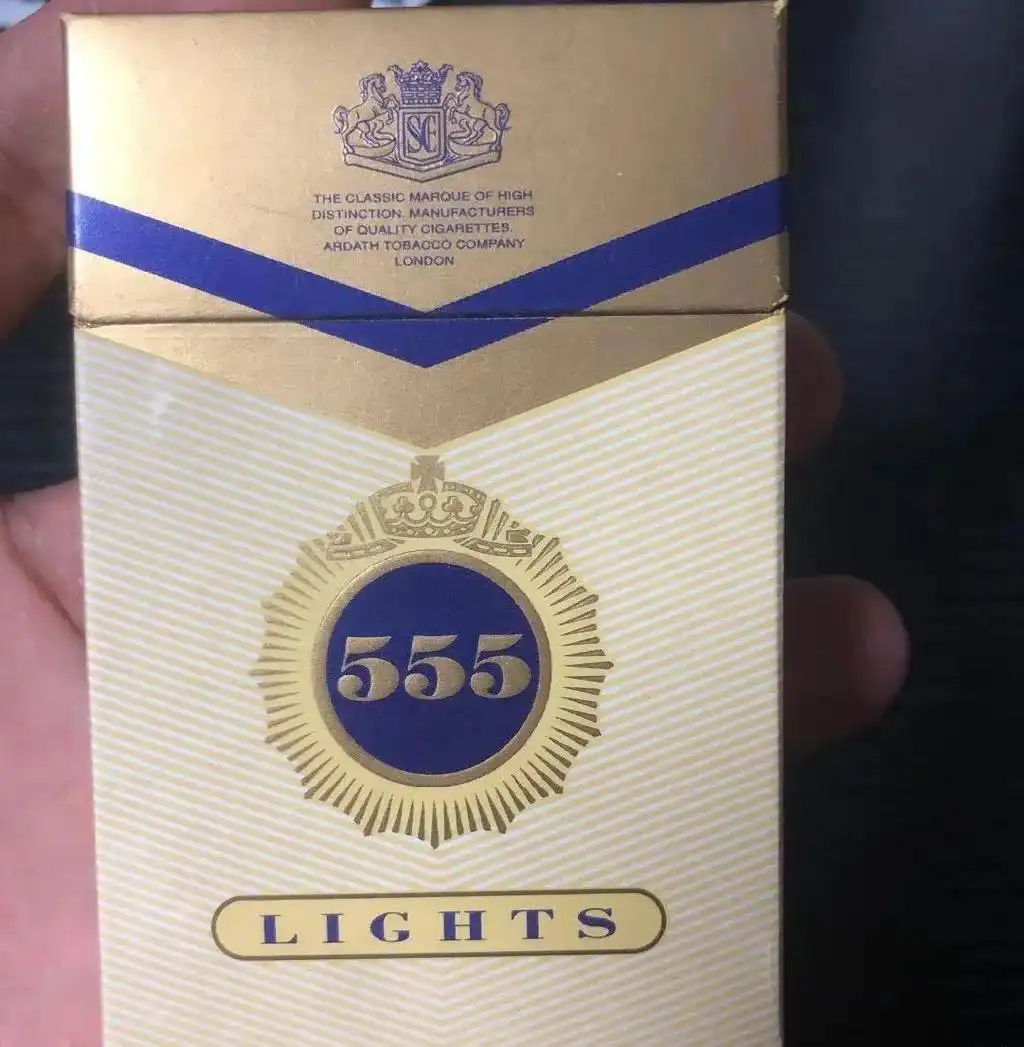The Lingering Question: A Comparative Look at Taste Bud Damage from Cigars vs. Cigarettes
The act of smoking, regardless of the form, is an assault on the human senses. The delicate mechanisms of taste and smell, which work in concert to create the rich tapestry of flavor, are particularly vulnerable to the toxic cocktail of chemicals found in tobacco smoke. A common perception, often fueled by the imagery of the contemplative cigar aficionado, is that cigar smoking is a more refined, less harmful habit than cigarette smoking. This leads to a pertinent question: does this "refined" habit inflict more permanent damage to the taste buds than its cigarette counterpart? The answer is not a simple yes or no, but rather a complex interplay of smoking behavior, chemical composition, and physiological impact. While cigarettes are undoubtedly devastating to taste perception, the method of use and the profound concentration of certain toxins in cigars present a unique and significant threat for long-term, permanent damage to the gustatory system.
To understand the damage, one must first appreciate the biology of taste. Taste buds, clusters of sensory cells located primarily on the tongue, are not static entities. They have a life cycle of approximately 10 to 14 days, constantly regenerating to maintain our sense of taste. This regenerative capacity is a key defense mechanism. The primary threat from smoking is not necessarily the direct physical destruction of the taste buds themselves, but the chronic disruption of this delicate regenerative process and the damage inflicted on the olfactory system, which is responsible for up to 80% of what we perceive as flavor. Tobacco smoke, from both cigars and cigarettes, contains a myriad of harmful substances, including tar, nicotine, hydrogen cyanide, and formaldehyde. These chemicals can coat the tongue, dulling the taste buds, cause inflammation, reduce blood flow to the sensory cells, and directly damage the olfactory epithelium in the nasal cavity.
Cigarette smoking is a well-documented cause of taste impairment, or dysgeusia. The habitual nature of cigarette smoking—typically multiple times per day—results in a near-constant exposure of the oral and nasal cavities to toxins. This persistent barrage has several consequences. The heat and chemicals from each cigarette cause direct, repeated irritation to the taste buds. Furthermore, nicotine is a vasoconstrictor, meaning it tightens blood vessels. This reduced blood flow starves the taste buds of oxygen and nutrients, impairing their function and hindering their ability to regenerate effectively. Over time, a smoker's perception of taste becomes muted. Studies consistently show that cigarette smokers have higher detection thresholds for basic tastes like salt, sweet, sour, and bitter compared to non-smokers. They often complain of a constant, unpleasant metallic or salty taste in their mouths. This damage is dose-dependent; the more one smokes and the longer the duration of the habit, the more severe the impairment. While significant recovery is possible upon cessation, evidence suggests that long-term, heavy cigarette smoking can lead to permanent alterations in taste bud morphology and function, implying that some damage may be irreversible.

Cigar smoking introduces a different set of variables into this equation. Unlike cigarettes, which are designed to be inhaled, traditional cigar smoking is centered on puffing and savoring the smoke in the mouth. This fundamental difference in technique means that the oral cavity, including the tongue and taste buds, is subjected to a much more intense and concentrated exposure. The smoke is held for longer periods, allowing the tar and other chemicals to condense and adhere directly to the taste receptors. A single cigar can contain as much tobacco as an entire pack of cigarettes, and the fermentation process used for cigar tobacco produces higher concentrations of certain compounds, including ammonia and other nitrogenous compounds, which are particularly irritating to mucous membranes.
The concentration of toxins is a critical factor. Cigar smoke is significantly more alkaline than cigarette smoke. This alkalinity allows nicotine to be absorbed directly through the lining of the mouth, but it also means the smoke is more irritating to oral tissues. The sheer volume of smoke produced by a single cigar, coupled with its alkaline nature, creates a potent chemical bath for the taste buds. This intense, localized exposure can overwhelm the regenerative capacity of the taste buds more aggressively than the more diffuse, inhaled smoke from cigarettes. While a cigarette smoker exposes their entire respiratory tract, a cigar smoker focuses a massive toxic load directly onto the gustatory organs.
When comparing the potential for permanent damage, the argument tilts notably towards cigars being more destructive for several reasons. First, the pattern of use is crucial. While a cigarette smoker might have 20 shorter exposures per day, a cigar smoker might have one or two sessions that last for 30 to 60 minutes each. During a long cigar session, the taste buds are subjected to a sustained, high-intensity attack with little to no respite for recovery. This prolonged assault can cause deeper, more structural damage to the taste buds and their supporting cells, potentially leading to scarring or permanent dysfunction of the regenerative stem cells.
Second, the demographic and behavioral patterns of cigar smokers often differ. Many cigar smokers are occasional or "social" smokers, who might believe their habit carries less risk. However, this intermittent pattern can be deceptive. The body’s ability to repair itself between insults is key. If the intervals between smoking are long enough, some recovery may occur. But for the regular cigar enthusiast, the damage can accumulate steadily. Furthermore, a significant subset of cigar smokers, contrary to tradition, do inhale the smoke, either partially or fully. This group essentially subjects themselves to the worst of both worlds: the intense oral exposure of a cigar combined with the pulmonary and systemic damage associated with cigarette inhalation, exponentially increasing the risk of permanent sensory loss.
The most compelling evidence for the permanence of damage comes from studies on smoking cessation. Research indicates that taste function begins to improve within days or weeks of quitting cigarette smoking. However, the degree of recovery is often incomplete, especially in individuals who smoked for decades. Data specific to cigar smokers is less abundant, but the physiological principles suggest that the profound local damage caused by cigars could lead to even less complete recovery. The chronic inflammation and potential for fibrosis (scarring) in the oral tissues from repeated, intense cigar exposure may create a microenvironment where taste buds cannot properly regenerate, even after the insult is removed.
In conclusion, the question of which habit causes more permanent taste bud damage is nuanced. Cigarette smoking, through its frequency and systemic effects, undoubtedly causes severe and often long-lasting damage to taste perception. However, the unique characteristics of cigar smoking—its high toxin concentration, alkaline smoke, and the practice of prolonged oral retention—pose a distinct and potent threat. By delivering a massive, localized dose of irritants and carcinogens directly to the tongue, cigar smoking has a higher potential to inflict deep, structural damage that surpasses the regenerative capabilities of the taste buds. While both habits are a recipe for sensory loss, the refined ritual of cigar smoking may, ironically, be the more efficient method for permanently dulling the very senses one aims to indulge. The most definitive conclusion is that any form of tobacco smoke is anathema to the delicate science of taste, and the only way to preserve this fundamental pleasure is to avoid the habit altogether.











